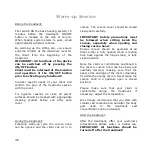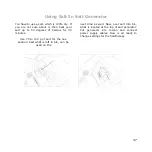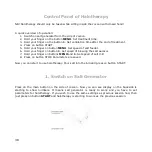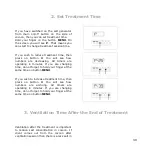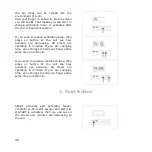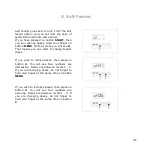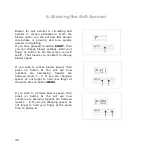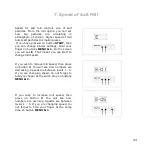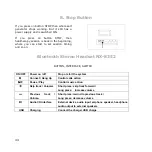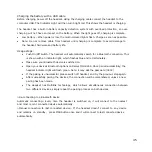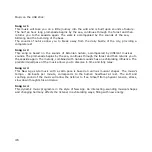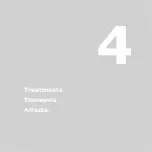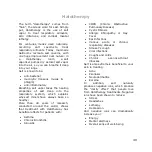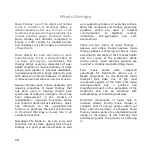
50
Music therapy
Music therapy, one of the oldest and natural
forms of correction of emotional states, is
defined broadly as the use of music in the
treatment of people who have problems of a
mental, physical, and/or emotional nature.
Music therapy was officially recognized in
Europe in 19th century by leading doctors
and nowadays it is still a vastly
growing field
of health care
.
Music affects the body and mind in many
powerful ways. It has a profound effect on
our body and psyche, nevertheless, t
his
therapy suites everyone regardless of age,
health condition or musical abilities. It helps
people with mental or physical disabilities,
neurological problems, helps elderly to cope
with acute and chronic diseases. In addition
it relieves pain and reduces nervous tension.
Several studies have shown analgesic and
relaxing properties of music therapy that
has been used in treating chronic pain
syndromes of different etiologies. There has
been improvement in the process of
rehabilitation: improved functional status
and reduced pathological symptoms. Music
has influence on the neuroendocrine
function, in particular the level of hormones
in the blood that play a crucial role in all
emotional reactions.
Nowadays life tends to be very busy and
therefore full of stress, against which music
therapy is a good preventive means as well
as a supporting feature of everyday actions.
Music has emotional and creative organizing
qualities, which are used in medical
communication,
to
facilitate
contact,
interaction,
self-expression
and
self-
development.
There are two forms of music therapy -
passive and active. During passive music
therapy patient is listening to various music
according to the state of their mental health
and the course of the treatment. While
during active music sessions patients are
involved in creating and performing music.
Four
music
pieces
were
composed
specifically for treatments carried out in
NeoQi equipment, by the Estonian music
therapist Dali Kask, one of the most
recognized experts in the field. This music
accompaniment
has
a
positive
and
magnifying impact on the perception of the
treatment and can be combined with
aromatherapy or breathing exercises.
Rhythmic components of music help to
increase vitality. During music therapy a
constant flow of energy passes within our
body until the harmony is achieved. Music
therapy leads a person to understanding and
usage of the power of this harmony that
seamlessly guides the process of achieving
it.
Summary of Contents for Saltarium
Page 1: ...NEOQI Saltarium ENG...
Page 2: ......
Page 3: ...3 Thank you for choosing NeoQi...
Page 7: ...7 TREATMENTS HERAPIES AFFECTS HALOTHERAPY 49 MUSIC THERAPY 50...
Page 8: ...8...
Page 9: ...9 1 Preconditions Set up...
Page 10: ...10...
Page 12: ...12...
Page 14: ...14...
Page 16: ...16...
Page 18: ...18...
Page 27: ...27 Introduction Cautions 2...
Page 28: ...28...
Page 33: ...33 Getting Started Using Your Cocoon 3...
Page 34: ...34...
Page 47: ...47 4 Treatments herapies Affects...
Page 48: ...48...

